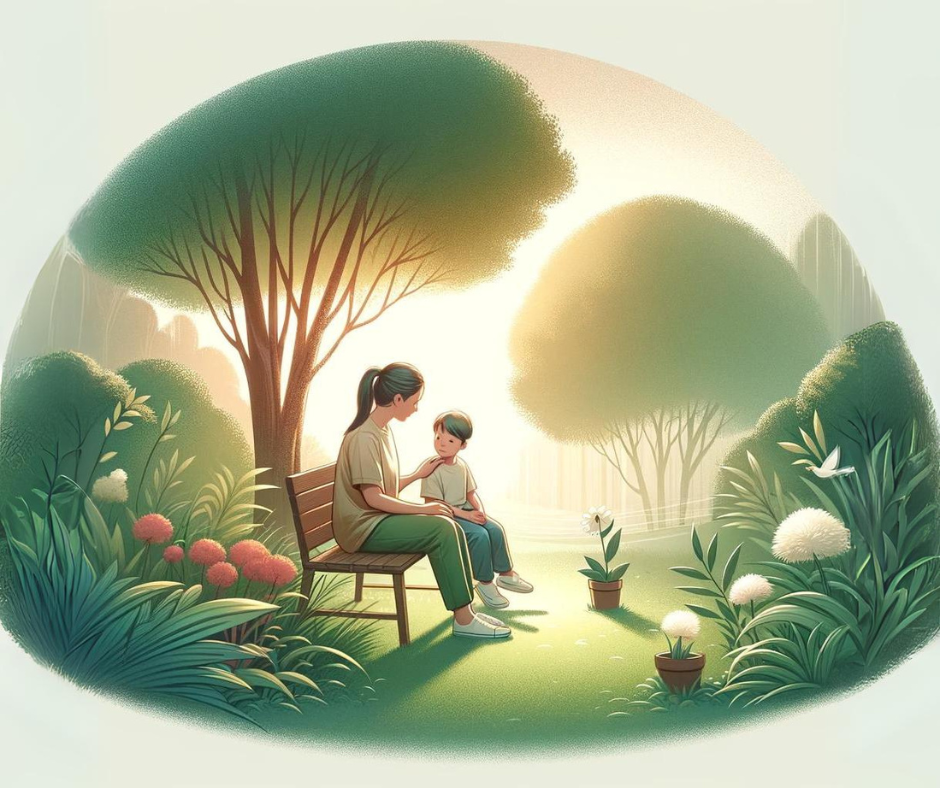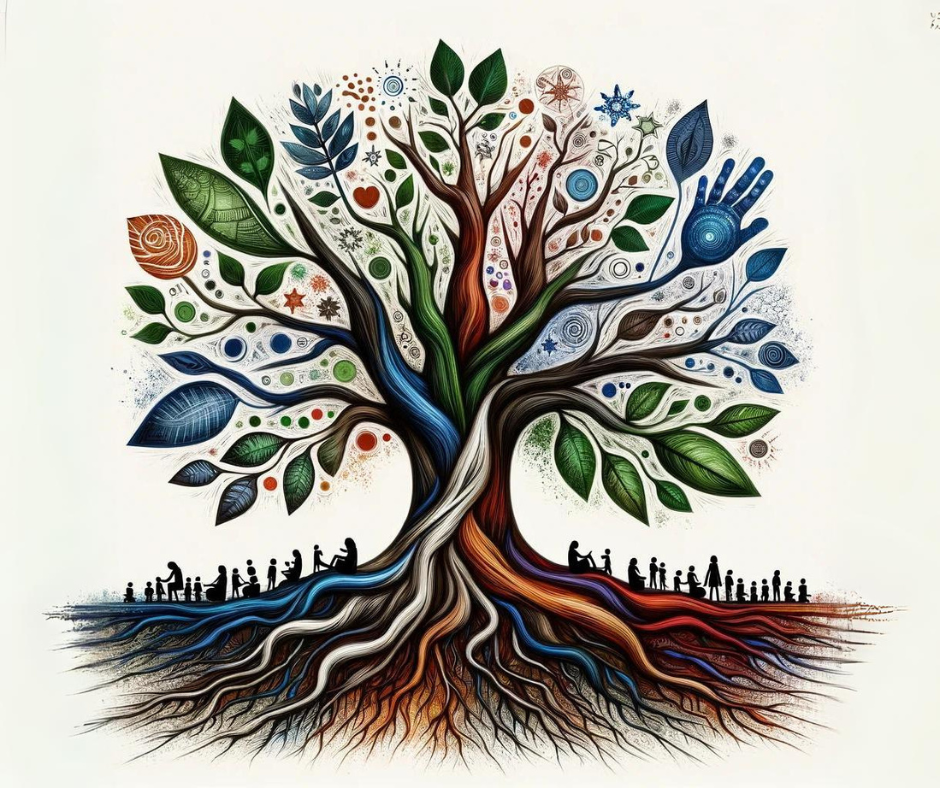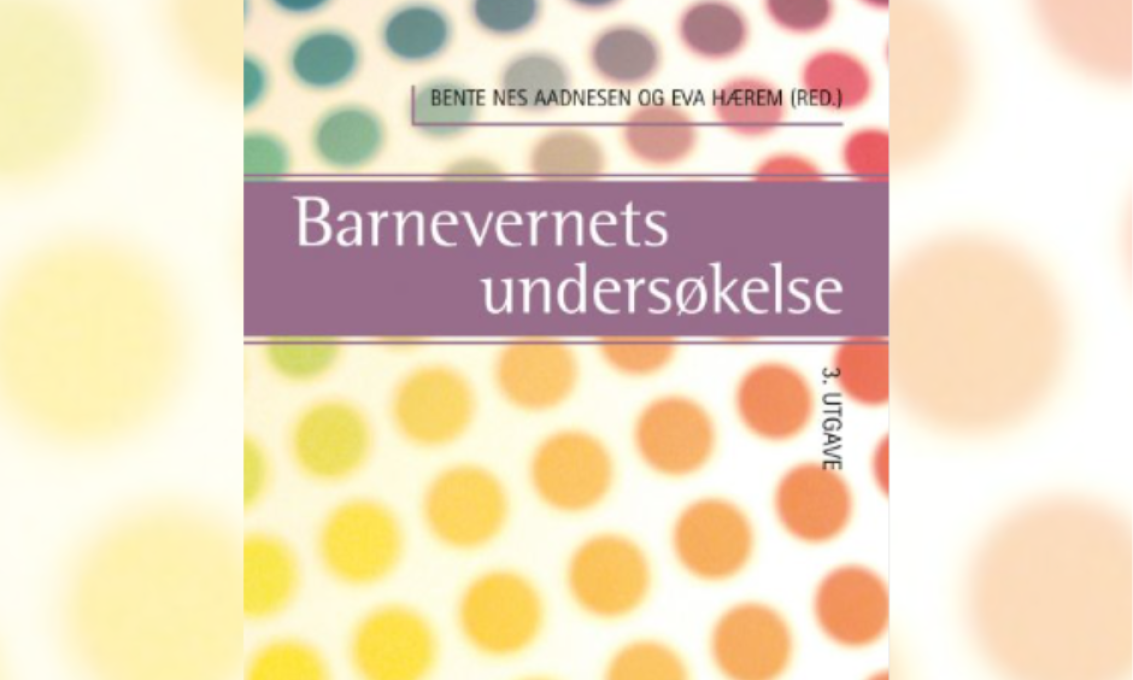Here you will find resources related to the chapters in the book "barnevernets undersøkelse".
The authors present how the child welfare authorities' investigation can be carried out from the legal basis and through the various phases of the investigation. When the child welfare services believe that a report of concern about a child should lead to an investigation, there are requirements for how such an investigation should be carried out. The authors show how the child welfare authorities' investigation should be conducted in such a way that descriptions, justifications and assessments are clearly presented. The investigation process is divided into information gathering, information processing and conclusions.
The book has previously been published in three editions, with Bente Aadnesen and Eva Hærem as editors. In this fourth edition, Wenche Hovland is the editor.
Chapter 1 - Between analysis and argumentation
The chapter is written by Per Arne Rød. Among other things, he discusses what determines the decisions made by the child welfare authorities.

Rød points out that for more than 20 years he has emphasised the importance of professional integration in child welfare services. In addition to the decision-making basis being known.
Resources:
- Podcast: Kafé Student - Child Protection: Was everything better before? Is everything new good news?
Lilly Anne Håversen has worked for over 30 years in municipal child welfare services, as a caseworker, professional developer and manager. She has also taught on the child welfare pedagogue programme for several years.
In this episode, she reflects on several different topics. Håversen looks back on the time she has worked and has thoughts on the development of the child welfare educator programme, what makes a child welfare educator good at their job, what tasks are important for a manager in child welfare services, changes in measures for children and parents, children and parents' co-determination and she looks at the major challenges facing child welfare services today: key words are children on tender and cooperation between psychiatry and child welfare services.
Chapter 2 - Research process and investigation in child welfare services - two sides of the same coin
The chapter is written by Bente Nes Aadnesen and Eva Hærem. Among other things, they discuss different models of child welfare investigations.

The chapter covers the research process and the research process, as well as various scientific theories. Research methodology is also part of the chapter, with a review of both qualitative and quantitative methods.
Resources:
Chapter 3 - The legal framework for the child protection investigation
The chapter is written by Julia K. Olsen and Turid Bie. They deal with various legal aspects of child welfare investigations.

The chapter covers the principle of legality, the Convention on the Rights of the Child, basic principles and frameworks in the Child Welfare Act and important case processing rules. The latter concerns impartiality, duty of confidentiality, protection of sources and duty of counselling.
Resources:
- Podcast: Kafé Sosial - The Changing Child Protection Act
In this episode, we will hear about the changes that lawyers see as particularly significant for case processing in child welfare services. In addition, an employee of the municipal child welfare service will comment on what these changes mean for their work. We hear from Pia Moum Hellevik and Julia Køhler-Olsen, both lawyers and lecturers at the University of Stavanger and OsloMet, as well as Marit Klemp Stephansen from Sandnes Barneverntjeneste.
Chapter 4 - Child welfare investigation - within the framework of an organisation
The chapter is written by Britt Ingunn Misund. She discusses the organisation of child welfare services and its significance for the investigation phase.

The chapter deals with the organisation of child welfare services. This includes bureaucratic features, professional bureaucracy, organisational culture and its impact on the investigation phase.
Chapter 5 - Knowledge base for judgement
The chapter is written by Bente Nes Aadnesen. Among other things, she deals with the best interests of the child in the investigation phase.

In this chapter, Aadnesen writes about the action guide for the best interests of the child in the investigation phase.
- Podkast - Kafé Sosial: Parental co-operation in child welfare services .
In this episode, we meet Inger Lise and Renate, who explain what they believe is needed to achieve a good working relationship between parents and contact persons in child welfare services. They also highlight various factors that can challenge the co-operation.
Seven experience mediators from the Stavanger Child Welfare Service taught students in the second year of the child welfare pedagogy programme at UiS, one day in November 2022. After the parents had both lectured to the students in plenary and met them in groups to provide guidance, 2 parents, Inger Lise and Renate, and a student, Victoria, went together with a teacher and made recordings for Kafe Sosial. We wanted to talk about various issues related to parental co-operation and share it with the listeners of Kafe Sosial. According to the Child Welfare Act, the child welfare services must co-operate with parents in all phases of a child protection case. We also meet Victoria who tells us what she as a student has learned in the teaching given by the parents.
- Podkast - Kafé Sosial: Fedre i møte med barnevernet
Reform - Resource Centre for Men is a gender equality centre for men, and in this episode we meet Mali Storbækken and Ina Slaveykov, who talk about Reform's work to increase expertise on fatherhood in child welfare services, so that they can involve fathers in their work to a greater extent. Jonny Jahren works as an experience communicator at Stavanger Barnevernstjeneste, and he also participates in this episode, in dialogue with Reform. According to the Child Welfare Act, the child welfare service must cooperate with parents in all phases of a child welfare case, while fathers themselves say that they can feel like second-class parents when meeting with the child welfare service. They feel that they are not included in their own child protection case on an equal footing with their mother. Reform by Ina and Mali refer to the work they do to try to help fathers to take more space in their own child protection case, while at the same time employees must give fathers the space they are entitled to.
Chapter 6 - Information gathering
In this chapter, the authors discuss the different types of information, how to plan the survey, methods for collecting information and how to talk to children in the survey.

This chapter deals with information gathering in the child welfare service's investigation. The child welfare service must investigate the child's overall care situation and needs, section 2-2.3.paragraph of the Child Welfare Act. The first section describes the two main types of information: factual information and other types of information. The child welfare service must draw up a plan for the investigation.
The chapter also deals with the planning of information gathering and the assessments associated with this process. During the investigation, the child welfare worker must collect comprehensive documentation about the child in order to ensure a holistic understanding of the individual child's care situation and needs. This is shown by discussing the time perspective, the family's everyday life, the child's voice, different versions of reality and information from others. Furthermore, process evaluation is presented as a central part of the information gathering process
Resources
- Podcast - Kafé Student: Child poverty - how to understand child poverty in one of the world's richest countries?
In this episode, we discuss an expanded understanding of poverty by utilising Bourdieu's concept of social, cultural and economic capital. We want to show how Bourdieu's theory can contribute to a deeper academic understanding of poverty as a complex social phenomenon.
The term "child poverty" refers to the situation where children experience financial scarcity or live in families with low income. In Norway, child poverty is defined as situations where children live in low-income households. This means that the family's income is below the relative income threshold, which is determined in relation to the overall income distribution in society.
Child poverty can have negative consequences for the child's quality of life and development. Children living in economically difficult circumstances may experience limitations in areas such as education, health and participation in leisure activities.
Norwegian authorities have introduced various measures to reduce child poverty. These include financial support programmes such as child support, child benefit and cash benefits. Free or subsidised kindergarten places and after-school care are also offered. Furthermore, measures have been implemented to strengthen parents' finances and labour market opportunities, for example through increased focus on combating unemployment and improving social welfare measures. In addition, non-universal measures have been introduced, such as activity cards. Organisations, charitable institutions and volunteers are also working to help improve the situation for children in financially difficult situations.
Despite these measures, combating child poverty remains a challenge, and there is an ongoing debate about how best to tackle this problem in Norway.
WENCHE HOVLAND OG SARAH HEAN
Chapter 7 - Siblings
In this chapter, Hovland and Hean discuss sibling relationships and why they should be included in the study.

During the investigation, the child welfare services, together with the child, parents and any others, must obtain information about the child's overall care situation and needs. But what should the child welfare services investigate when they want to find out what the child's overall care situation and needs are? This chapter argues that sibling relationships must be part of the investigation when mapping the child's overall care situation.
BENTE NES AADNESEN OG EVA HÆREM
Chapter 8 - Information processing and conclusion
In this chapter, Aadnesen and Hærem discuss, among other things, how to understand the information obtained.

This chapter deals with information processing, i.e. the process by which the child protection worker brings order, structure and meaning to the information collected for the investigation.
The aim of the information processing is to gain a deeper understanding of the child's situation and whether or not the child lives in a situation that qualifies for intervention by the child welfare services. And if so, what types of measures are relevant?
Chapter 9 - Information processing illustrated by a case study
In this chapter, Studsrød describes information processing illustrated by a case study

The child welfare service has received a report concerning Andrea from the child health centre. The mother has visited the child health centre several times because she is worried about Andrea and stressed because of the situation at home.
She has told us that she is very tired and irritated. She has little energy for Andrea, who eats little and weighs little. Mum has muscle pain and says that her whole body hurts. She has told the health centre that "Ahmad is unemployed, they argue about money and he is frustrated and he has started to read her emails, opens and reads her letters, checks her mobile phone and reads her messages, and wants to know "everything she does".
The public health nurse is concerned about Andrea's home situation and thinks that the child welfare services should offer the family help. She has therefore reported the situation to the child welfare services.
